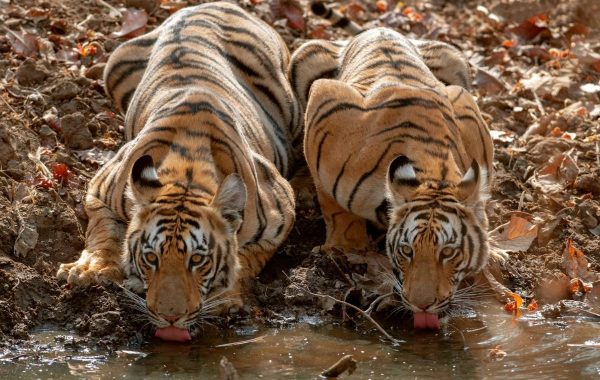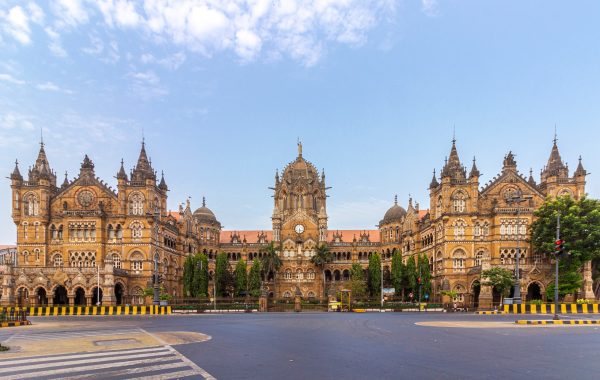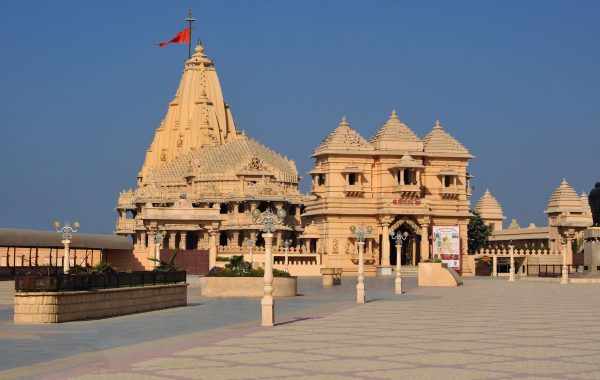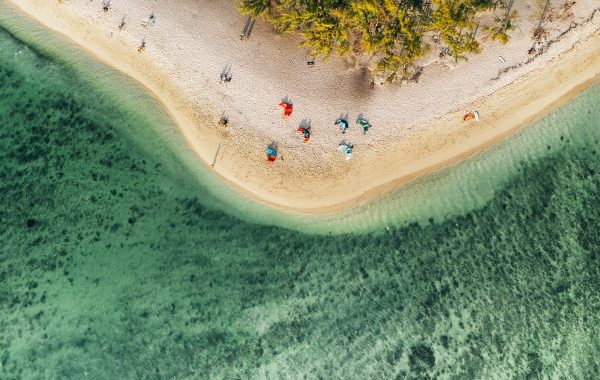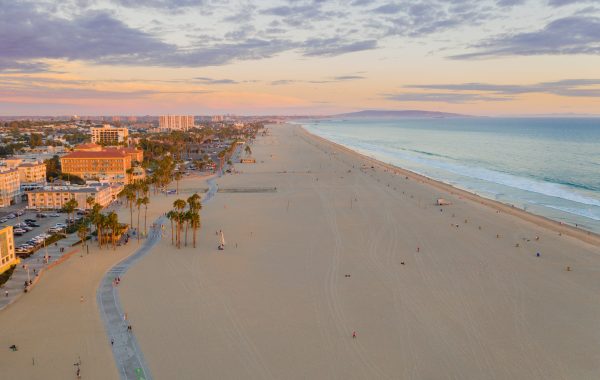Rabindranath Tagore’s house at Uttarayan Complex at Shantiniketan. Photo: iStock
Shantiniketan, the home of late Nobel laureate Rabindranath Tagore, has been added to the UNESCO World Heritage sites list.
Shantiniketan, the renowned institution established by Rabindranath Tagore, has been included in UNESCO’s prestigious World Heritage List. This designation marks it as India’s 41st UNESCO World Heritage Site and the third one in the state of West Bengal. Shantiniketan’s inclusion is a testament to its profound connection with Tagore’s life and visionary ideals, as well as its dedication to worldwide collaboration, human and environmental welfare, and its distinct method of imparting art education.
Exploring the rural paradise of Tagore’s Shantiniketan can be a great way to learn more about Rabindranath Tagore and his vision for education and society.
Rabindranath Tagore’s father Maharshi Debendranath Tagore built an ashram in this little town in 1863. But Shantiniketan’s real fame came in 1901, when Rabindranath Tagore started his famous experimental school, Patha Bhavana. The school hoped to tear down barriers between students and teachers and worked on the assumption that education must go beyond the confines of the classroom. Patha Bhavana grew into the Visva Bharati University in 1921, attracting some of the most creative minds in the country.
Here’s our guide to spending a weekend exploring Tagore’s Shantiniketan
What To See
Uttarayan Complex
A tourist attraction, the complex has the five homes that Tagore lived in at various stages of his life. Konark, Shyamali, Punascha, Udayan, and Udichi each have a distinctive architectural style. Together, they reflect Tagore’s thinking and his concept of space. Konark was the first to be built, in 1919, and was used as a venue for poetry recitations and play rehearsals. The most impressive is Udayan, which started small but was expanded by Tagore’s son Rathindranath. Shyamali was built using eco-friendly materials like mud and has earthen pots embedded in the walls. It was Tagore’s experiment in creating a model structure for villages. These houses have hosted many famous people, including Mahatma Gandhi, who stayed here in 1940. The outer walls are decorated with mud murals painted by students of Kala Bhavana in 1935 under the supervision of the famous painter Nandalal Bose.
The complex also houses Rabindra Bhavan Museum or the Bichitra, which displays several original letters, photographs, various gifts Tagore received on his travels, and some personal items. In 2004, his original Nobel medal was stolen from the premises and has since been replaced by a replica
Shantiniketan Griha
Built in the late 19th century, it was one of the earliest structures commissioned by the poet’s father Maharshi when he started the ashram. It is surrounded by manicured lawns and has a small museum, in which old furniture from the Tagore household and photographs of young “Rabi” are displayed.
Maharshi also had an Upasana Griha or prayer hall built within the complex. Marble stairs lead up to the wrought-iron structure, which has multicoloured Belgian glass windows. However, it is a temple without a deity, representing the ideas of the reformist Brahmo movement started by Maharshi and Raja Ram Mohan Roy. Visitors can attend the prayer sessions held every Wednesday morning and evening to soak in the atmosphere and enjoy moments of solitude surrounded by nature.
Visva-Bharati University
Visva Bharati University which is set to make history as the world’s first ‘living heritage university,’ designated by UNESCO to recognize the university’s role in preserving and promoting the cultural heritage of India, is one of the country’s foremost schools, offering a holistic scheme of education from the nursery to PhD level. It includes several schools of learning, including music, fine arts, education, and rural reconstruction. Classes are still held under the shade of sprawling mango trees where, as Tagore envisioned and wrote, “the mind can have its own dreams”.

Kala Bhavana
The Kala Bhavana is like an open art exhibition. The walls are covered in paintings, niches bear sculptures, and striking murals by artists such as Ram Kinkar Baij, Nandalal Bose, and Somanth Hore catch the eye.
Khoai
Rabindranath Tagore was influenced by Shantiniketan’s landscape and people. One can spend hours reading under the shady trees that line the Kopai River, which shows up frequently in the poet’s work. Tagore named the area Khoai, which is a word for the laterite formations in the area that resemble undulating craters. Khaoi is a 20-minute cycle ride from the Visva Bharati campus.
Boner Pukur Danga
Another powerful inspiration for Tagore was indigenous Santhal art and music. To understand this, one needs to visit the village of Boner Pukur Danga, on the periphery of Khoai. The path is made with red mud. Murals depicting daily life, like women working in a field, covers most of the house structures. Colourful designs mark the walls of houses celebrating special occasions like marriages and births.
Art and Craft
No trip to Shantiniketan is complete until you visit small shops or workshops selling handmade objects and indigenous crafts. Thanks to Tagore’s legacy, Shantiniketan has managed to preserve a fast-disappearing rural crafts culture. Some interesting places to check out are the Alcha Store, located in an old bungalow which has a lovely range of jute handbags with kantha embroidery, besides apparel, bedcovers, and curtains (www.alchashop.com) and Amar Kutir, a co-operative promoting rural crafts on the outskirts of Shantiniketan, where you can buy leather goods, batik fabrics, and carved bamboo boxes(www.facebook.com/AmarKutir).
Every Saturday, the Bondangar Haat takes place near the Khoai grounds. More than the shopping, which includes wooden ektaras and terracotta jewellery, people go there for the music. Wandering Baul singers often perform at the haat, Watching the sun drop over the river as you listen to some folk music or Rabindra Sangeet will surely make for a dramatic end to your trip.
Also Read: 72 Hours in Kolkata – Travel and Food Guide
Stay
Country Roads Homestay has very basic but clean accommodation, located next to the Poush Mela ground
Park Guest House is close to Ballavpur Wildlife Sanctuary, and a great option for families travelling with children (www.parkguesthouse.in).
Santisudha Guest House is a pleasant stay option, located away from the din of Bolpur (www.thesantisudha.com).
Mitali Homestay is a house full of stories and history. Built half a century ago, it has whitewashed walls, wooden shutters, and large windows. The bookshelves are laden and there are lots of lovely corners where you can spend an afternoon reading. Host Krishno Dey is great company and his partner Sukanya Roy’s home-cooked meals are excellent. Outside, a walkway draped with lush bougainvillea leads to an orchard of mango and litchi trees(mitalishantiniketan.com).
Chutti Holiday Resort is popular with families and travelling groups. Its 22 cottage-style rooms are surrounded by gardens (chuttiresort.co.in).
Eat
Most of the restaurants in Shantiniketan offer Bengali cuisine, as well as some North Indian fare. Visit Ratan Pally Market for the aloo chap (fried potato cake stuffed with onion, ginger, and spices) and a cup of hot tea from Kalor Dokan. The market is popular with the students and teachers of Visva Bharati and can get quite crowded in the evening, making it a great place to enjoy the vibe of this university town.
Unique Experience
The Langcha of Shaktigarh
You’ve relished the gulab jamun, sunk your teeth into the cham cham, and savoured the roshogolla. But none of these is quite like the langcha, a must-have sweet available on the road between Kolkata and Shantiniketan.
Some describe the langcha as an elongated and darker gulab jamun. At most sweet shops in the country, that’s an adequate description. But the langchas of Shaktigarh (90 km/2 hours north of Kolkata) are of a mythical quality: darker, fatter and more sumptuous than any Kolkata langcha can dream of being. Letting a Shaktigarh langcha explode in the mouth can be a near spiritual experience.
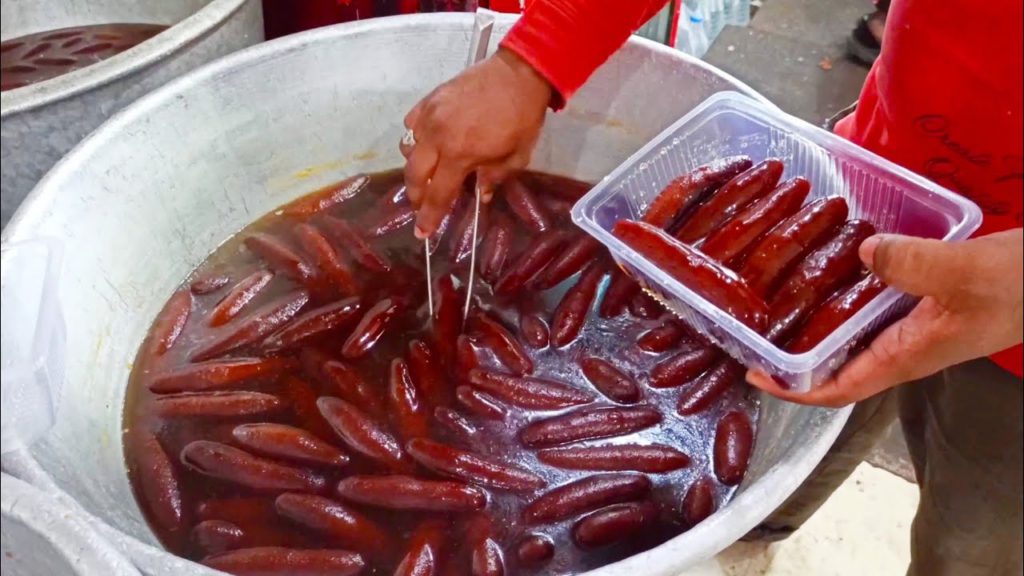
Shaktigarh used to be blink-and-you-miss-it small. Now, most buses driving north of Kolkata make a stop here, and the little highway town has rows of langcha houses to accommodate the traffic. Locals argue over which sweet house serves the best version of this paneer andkhoya mixture fried in ghee and marinated in sugar syrup, but the truth is that any langcha in Shaktigarh is bound to knock your socks off.
The Guide
Shantiniketan is situated in Birbhum district in central West Bengal. It is 200 km/4 hours northwest of Kolkata.
Getting There
Air: The closest airport is Kolkata, which is well connected with the rest of the country.
Rail: The closest railhead is Bolpur (2 km/10-15 min). Several trains ply between Kolkata and Bolpur at regular intervals though one of the quickest and most frequent is the Shantiniketan Express, which takes about 2 hours and 15 minutes. Cycle rickshaws to town are easily available from the railway station. For larger families that require taxis, it is advisable to book one via your hotel.
Road: Buses to Bolpur are available from Esplanade bus terminal in Kolkata (duration about 4 hours).
Getting Around
To explore the town, walking or renting a bicycle (available via most hotels)are good options. Cycle rickshaws are also available.
Seasons
During winter (Oct-Jan; 15°C to 20°C) and spring (Feb-March; 25°C.), the weather is pleasant, and perfect for long strolls. Summer (Apr-June) tends to get rather hot and humid, and the temperature can occasionally soar up to 40°C. The monsoon (July-Aug) is also a good time to visit. The countryside is smothered in greens of every imaginable hue. Festivals such as Poush Mela (December) and Basant Utsav (close to Holi) are filled with activity. Bengali folk musicians and Baul singers frequently perform at festive gatherings during this time of year.
For latest travel news and updates, food and drink journeys, restaurant features, and more, like us on Facebook or follow us on Instagram. Read more on Travel and Food Network
Trending on TFN
The 23 Best Places To Go In 2023





